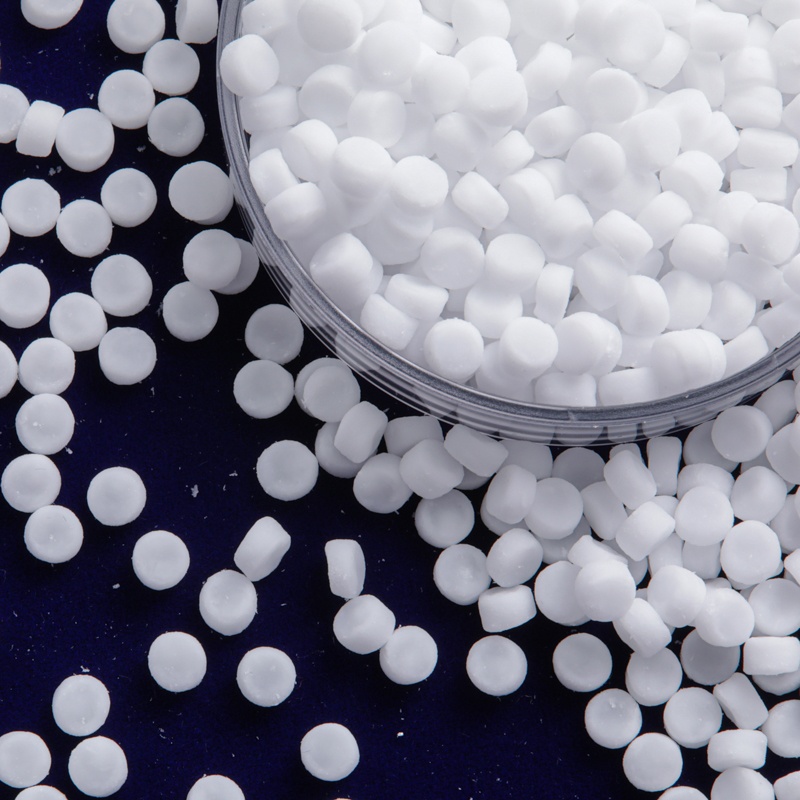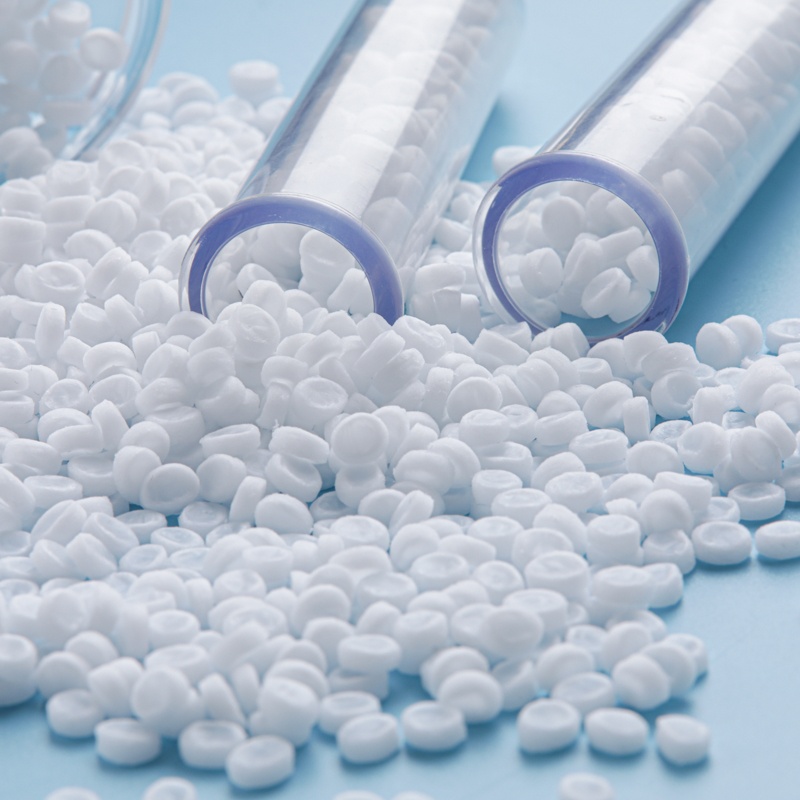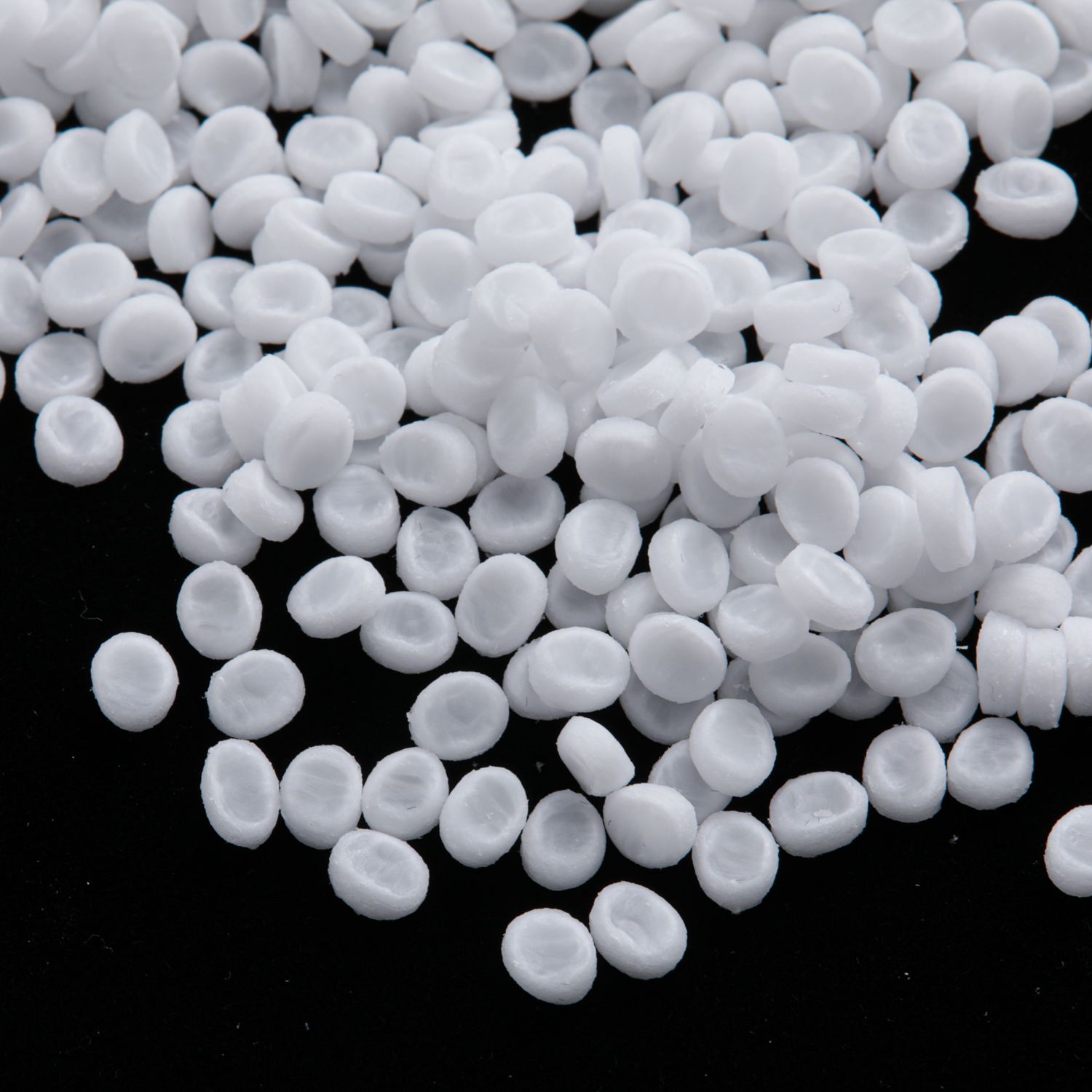Engineering plastics used in vehicle interior components benefit greatly from the addition of silicone masterbatch additives to increase their fire resistance. These additives are made with a focus on enhancing material performance and safety, making them appropriate for use in demanding applications.
1.About Silicone Masterbatch Additives
Silicone polymers and other flame retardant substances are combined to create silicone masterbatch additives. In order to improve the engineering plastics’ fire resistance, these additives are added throughout the production process. In the event of a fire, the silicone polymers serve as a barrier to contain the flames and lessen the emission of harmful gases.
2. Flame Retardancy Mechanism
Silicone masterbatch additives increase the fire resistance of engineering plastics through a mix of physical and chemical methods. The silicone polymers provide a shield on the material’s surface, blocking oxygen from reaching the flame and lowering flammability. In addition, the additives’ flame retardant components chemically interact with the combustion process to prevent the emission of combustible gases.
3. Significantly Less Smoke Emitted During a Fire
This is one of the main benefits of employing silicone masterbatch additives. When compared to untreated materials, engineering plastics treated with these compounds emit less smoke. This is essential for automobile interior parts since lower smoke emissions enhance visibility and enable people to safely leave in an emergency.
4. Increased Thermal Stability
Silicone masterbatch additives also help engineering polymers’ thermal stability. These additives ensure that the material keeps its structural integrity during a fire since they can tolerate high temperatures without deteriorating. This is crucial for automobile interior parts since they might experience high temperatures in the event of a fire.
5. Compliance with Safety regulations
Engineering plastics used for vehicle interior components are compliant with numerous safety regulations thanks to silicone masterbatch additions. The National Highway Traffic Safety Administration (NHTSA) and the European Union’s Restriction of Hazardous Substances (RoHS) regulation, among other regulatory authorities, have set tight standards that these additives are created to adhere to. Manufacturers may make sure that their goods comply with the relevant fire safety rules by adding these chemicals.
Engineering polymers used in vehicle interior components have improved fire resistance thanks in large part to silicone masterbatch additions. These additives improve thermal stability, lower smoke emission, increase flame retardancy, and guarantee adherence to safety regulations. Manufacturers may produce interior automobile parts that are more dependable and safe by integrating silicone masterbatch additives, giving the passengers of the car more protection in the event of a fire.
Related Products






